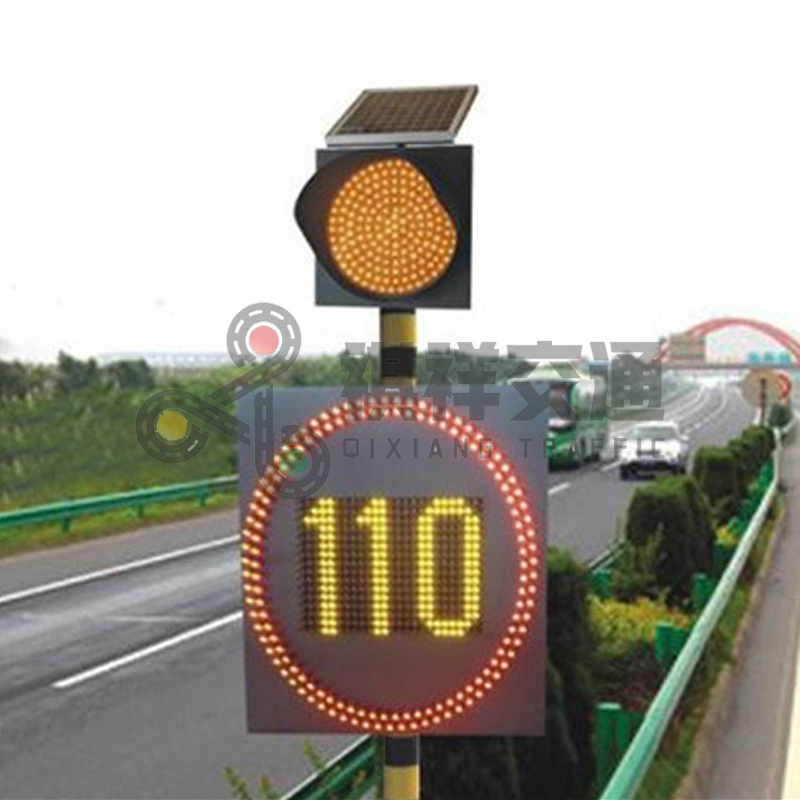Solar yellow flashing lights have become a common sight on roadways, construction sites and other areas where visibility and safety are critical. Powered by solar energy, the lights serve as warning signals to alert drivers and pedestrians of potential hazards. The origins and history of solar yellow flashing lights can be traced back to the development of solar energy technology and the need for sustainable and efficient early warning systems.
The concept of using flashlights as warning signals dates back to the early 20th century, when electric flashlights were first introduced. However, reliance on electricity limits the placement and functionality of these warning lights. As technology advanced, the idea of using solar energy to power flash lights emerged, leading to the development of solar-powered yellow flash lights.
At the end of the 20th century, the use of solar energy for flashlights became increasingly popular as the demand for sustainable and energy-saving solutions grew. Solar panels convert sunlight into electricity, providing an ideal power source for flashes, especially in remote or off-grid areas where electricity is limited. The integration of solar panels with flash systems not only reduces reliance on traditional power sources but also helps protect the environment.
The development of solar yellow flashing lights is marked by advances in solar technology, resulting in more efficient and durable lighting systems. Early solar flashes were often bulky and had limited battery capacity, which affected their reliability and performance. However, continued research and development in solar technology has produced compact, high-capacity solar panels and long-lasting LED lights that have increased the efficiency of solar flash lights.
The widespread adoption of solar yellow flashing lights can be attributed to their numerous advantages. Unlike traditional electric lights, solar yellow flashing lights do not require extensive wiring or infrastructure, making them easier and more cost-effective to install. Additionally, their reliance on solar energy eliminates ongoing electricity costs and reduces the environmental impact associated with traditional power sources.
In addition to being sustainable and cost-effective, solar yellow flashing lights offer enhanced visibility and durability. Using LED lights in a solar flash system ensures bright and long-lasting illumination even in low light conditions. This makes them particularly suitable for use in areas with limited visibility, such as construction zones, road construction sites and pedestrian crossings. Additionally, the durability of solar yellow flashing lights makes them suitable for outdoor use and can withstand harsh weather conditions and prolonged exposure to sunlight.
The applications of solar yellow flashing lights extend beyond road safety and cover a wide range of industries and environments. From traffic management and construction to industrial facilities and emergency response, solar-powered yellow flashing lights play a vital role in increasing safety and awareness. Their versatility and adaptability make them an essential part of modern security and alarm systems.
Looking to the future, the future of solar yellow flashing lights will be further innovative and integrated with smart technology. Continued advances in solar storage and wireless communication systems provide opportunities to enhance the functionality and connectivity of solar flashlights. Integrating with smart sensors and automated control systems can achieve real-time monitoring and adaptive signal transmission, improving the responsiveness and effectiveness of solar yellow flashing lights in various scenarios.
In summary, the origins and history of solar yellow flashing lights reflect the evolution of a sustainable and efficient early warning system. From its early development as a solar-powered alternative to electric strobes to widespread adoption across a variety of industries, solar-powered yellow strobes have proven their worth in improving safety and visibility. As solar technology continues to advance, the future of solar yellow flashing lights is expected to be further innovative and integrated, contributing to a safer and more sustainable built environment.
Post time: Aug-01-2024







